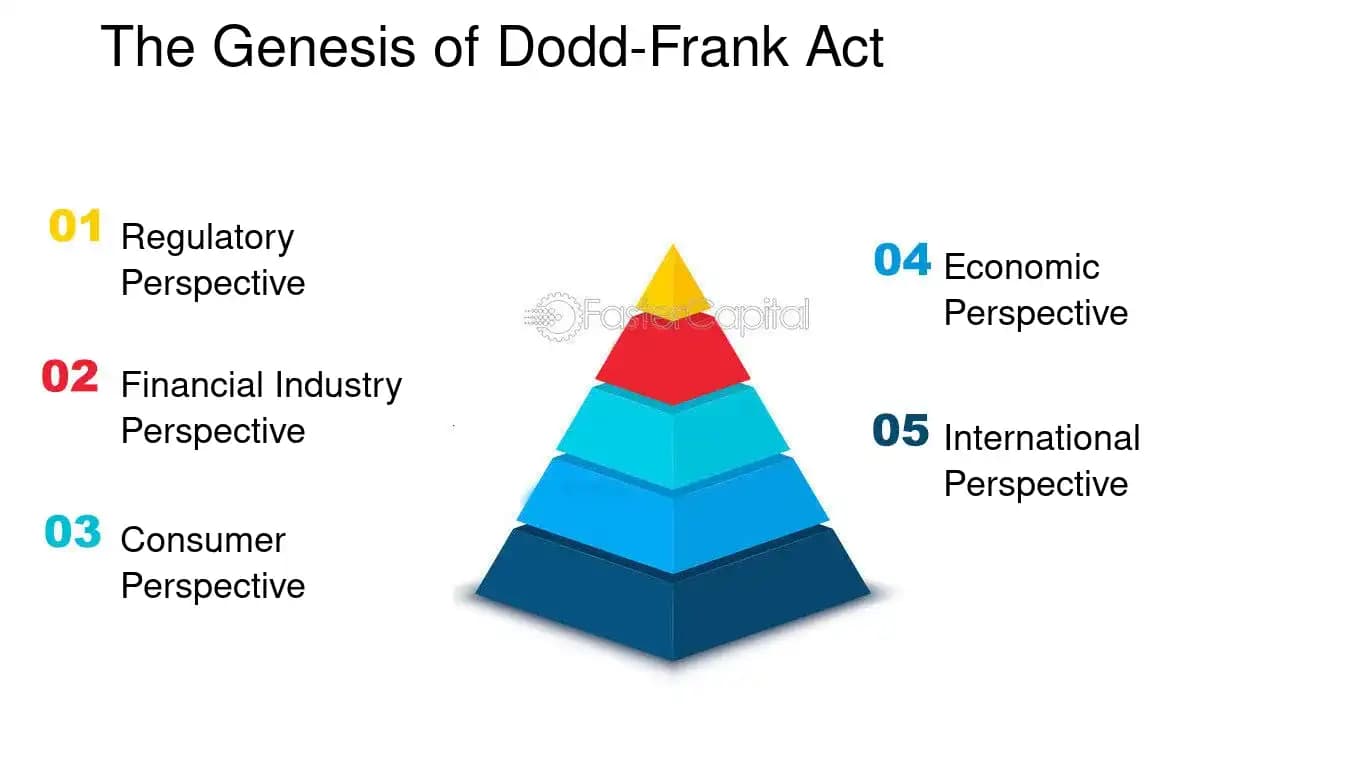AI Labs Face Intensifying Debate on Systemic Risk Regulation Akin to Dodd-Frank

Discussions are intensifying within financial and technological circles regarding whether advanced artificial intelligence (AI) laboratories should be subjected to systemic risk regulations similar to those imposed on Systemically Important Financial Institutions (SIFIs) under the Dodd-Frank Act. Lauren Wagner, in a recent social media post, directly questioned this parallel, asking, "Is this Dodd-Frank for AI?" This query highlights a growing debate among policymakers and industry leaders about the appropriate level of oversight for a rapidly evolving technology that could pose widespread, potentially catastrophic, risks.
The Dodd-Frank Wall Street Reform and Consumer Protection Act, enacted in 2010 after the 2008 financial crisis, fundamentally reshaped financial oversight. It established the Financial Stability Oversight Council (FSOC) with the mandate to identify and oversee SIFIs—entities whose material financial distress or activities could destabilize the broader financial system. These institutions, including large banks and non-bank financial companies like insurers such as AIG and Prudential, are subjected to enhanced prudential standards and Federal Reserve supervision. The framework considers factors like size, interconnectedness, and complexity to prevent "too big to fail" scenarios and mitigate contagion.
Recent official reports underscore the concern over AI's potential systemic impact. The U.S. Department of the Treasury's March 2024 report on AI-specific cybersecurity risks in financial services, alongside the FSOC's 2023 Annual Report, explicitly identifies AI's growing presence as a "potential vulnerability" to financial stability. The report details how AI's pervasive use in automating complex decisions and its increasing interconnectedness across financial systems introduce novel risks, including sophisticated cyber threats, data poisoning, data leakage, and the proliferation of synthetic identity fraud, all of which could have widespread and disruptive consequences if left unregulated.
Despite these concerns, the proposition to regulate AI labs like SIFIs faces significant opposition. As Wagner articulated in her tweet, "Some have said this invites politicized oversight, curbs innovation, and is overly broad." Critics argue that imposing heavy, entity-based regulations could stifle the rapid development and beneficial applications of AI, potentially pushing cutting-edge research and development offshore. They contend that such broad oversight might hinder the agility needed for technological advancement and could lead to a "risk monoculture" if all entities are forced into similar, potentially suboptimal, compliant approaches.
The regulatory landscape for AI remains an "open question," with authorities generally integrating AI risk management into existing enterprise risk frameworks rather than creating entirely new, technology-specific rules. Challenges persist in defining a common lexicon for AI terms, which hinders clear communication among stakeholders. Furthermore, there is a growing capability gap between large financial institutions, which have resources to develop in-house AI models, and smaller entities that rely heavily on third-party vendors. This disparity, coupled with concerns about potential regulatory fragmentation across state, federal, and international jurisdictions, complicates efforts to establish a coherent and effective oversight regime that balances innovation with robust risk mitigation.